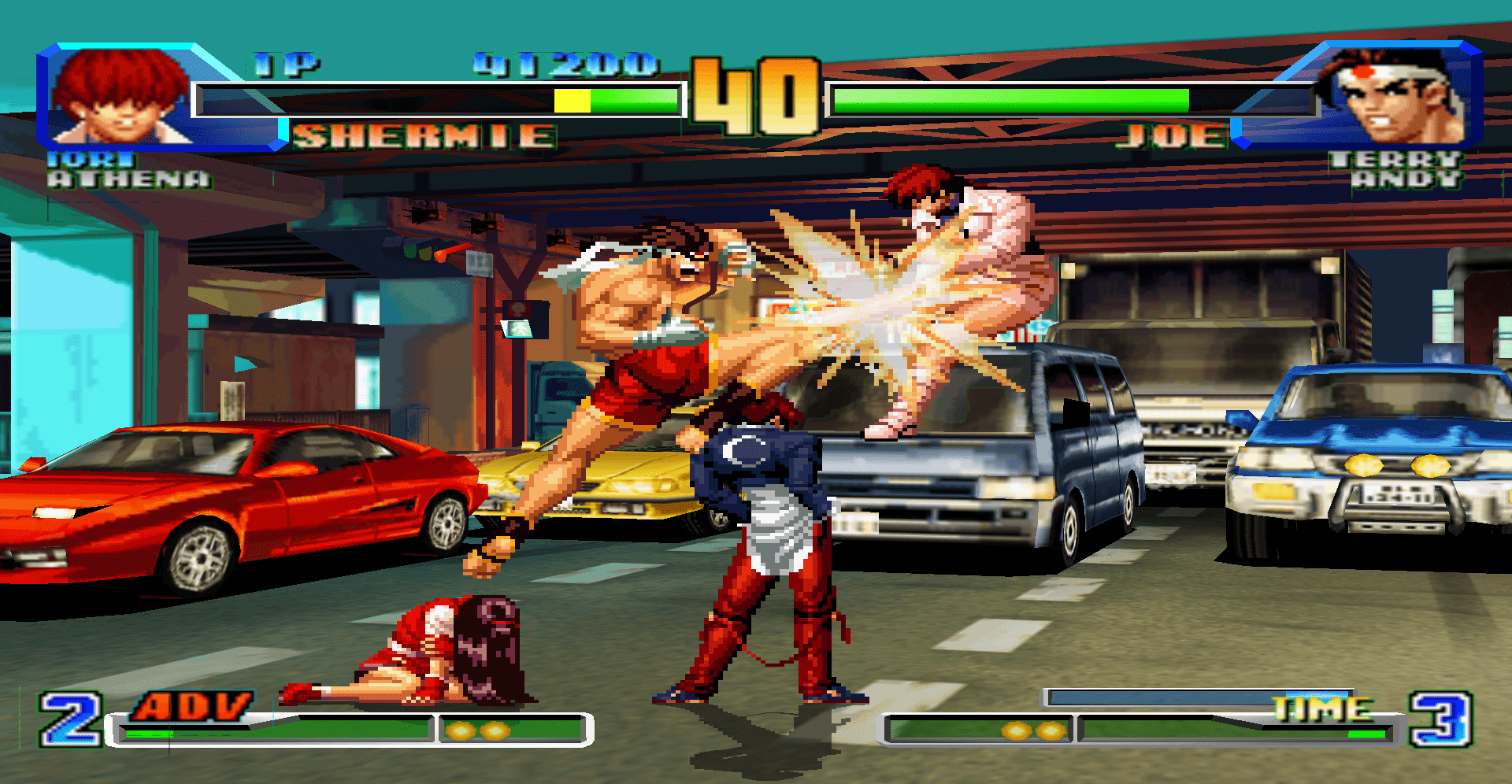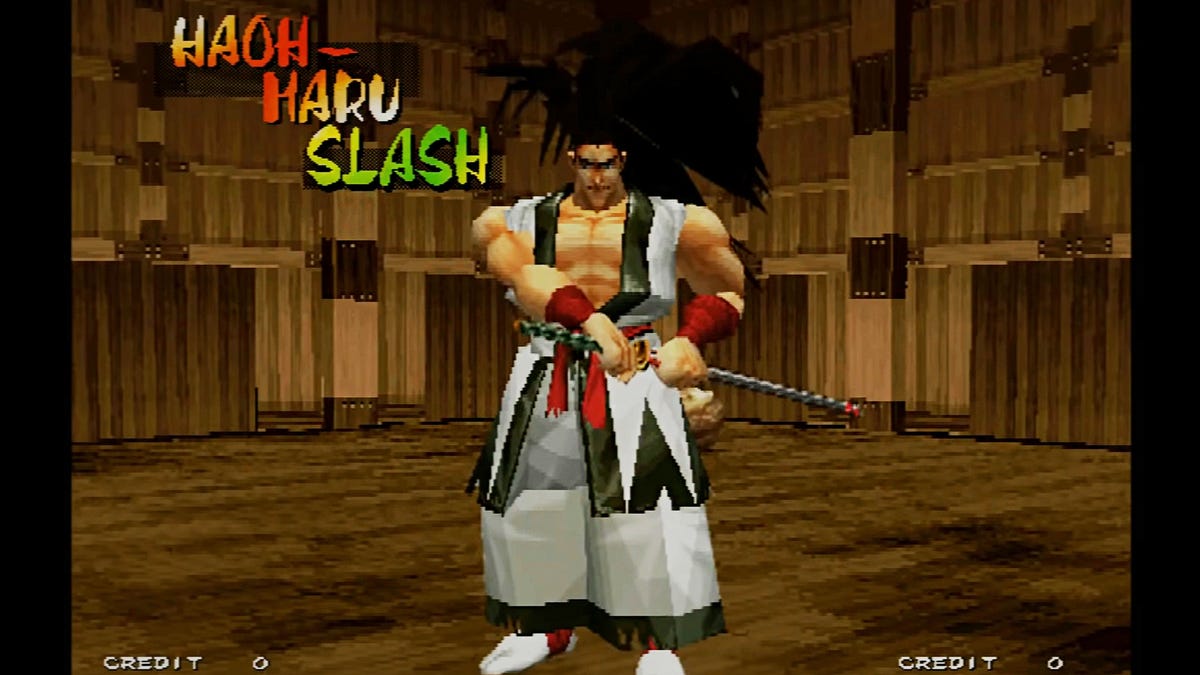In the real world, not a lot of note was going on in
1999. I think there was a guy who said
he did not have sexual relations with a woman and some kids shot up a school,
but the big impacts were being felt with our friends/enemies Capcom and SNK.
Late in 1998, SNK put out the Neogeo Pocket, a handheld
system of their design not unlike the Game Boy.
SNK had already done some portable work on Nintendo’s handheld with a port of Samurai Shodown
For the first time, SNK and Capcom would truly go head to
head, as M. Bison and Geese team up to run a fighting tournament where all
their company’s fighters would fight as a part of their evil plan! Finally you could show those Street Fighter
peasants or KOF losers that your company is better and use your skillz with
your favorite character!
This manpower being put into their handheld system is
presumably why there aren’t as many SNK games for this year. Capcom’s reason for fewer games was because apparently
not doing as hot in the arcades and they put more effort into releasing just a
few big games instead of the numbers they were pumping out in previous years.
That may have paid off because holy smokes is 1999 one hell
of a year. This year has both companies
at their best and there is not going to be a lot of negativity The year’s winner might be down to the wire.



